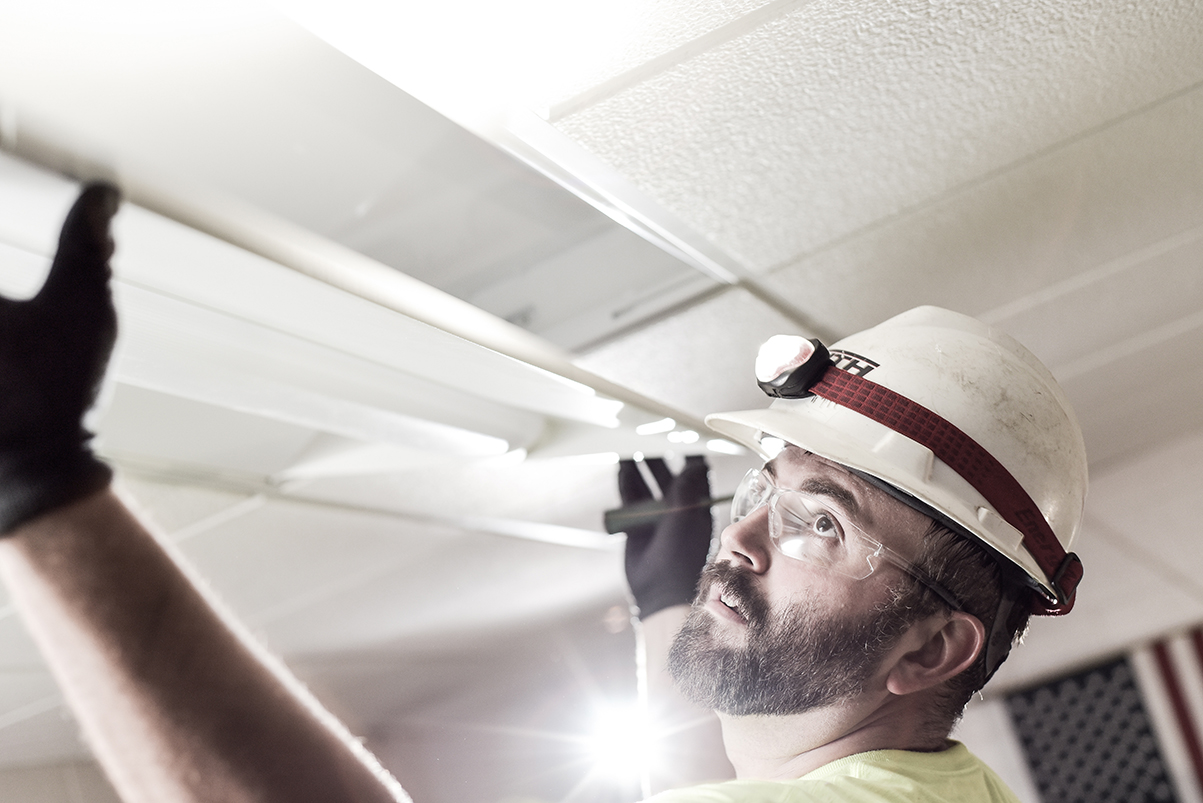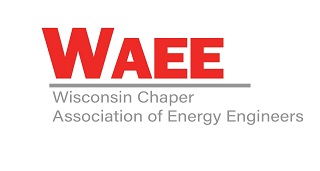
By Guest Author: Mike Herbst
In recent years, the trendy conversations around sustainability goals tend to focus on tapping into renewable energy, like solar, wind or renewable natural gas, to reduce your carbon footprint.
It makes sense:
- Renewable energy often provides visible proof of your commitment, via solar panels or wind turbines.
- Active efforts feel more productive than passive ones. “Doing something” like producing energy often feels better than “not using something,” like conserving energy when the lights are off.
But before you spend time and money diving into energy generation, it is important to optimize your energy conservation efforts first. The goal is to avoid generating any more energy than necessary on your Path to Smarter Energy.
The Role of Energy Conservation
As more and more companies endeavor to improve their carbon intensity score, EnTech Solutions recognized the need for a clear guide to help organizations navigate the process.
As you can see from the graphic below, the Path to Smarter Energy creates a step-by-step approach to assessing your needs, minimizing energy usage, taking advantage of renewable energy sources and working toward energy resilience and independence.
The first step, energy usage assessment, was reviewed by my colleague in an earlier blog. Energy conservation is the second step along this path, providing an opportunity to find efficiencies and ways to be smarter about reducing your energy use.
The Difference Between Energy Conservation and Energy Efficiency
Advancements in the market have made energy conservation a necessary step along the path to sustainability. While conservation and efficiency are similar, within the industry they are defined uniquely. Conservation tends to involve controls and turning things off whenever possible to use less energy overall. Efficiency is more about making the energy source more efficient.
Some common applications of energy conservation include:
- Converting to LED lighting
- Installing building controls
- Using industrial controls
It’s important to conserve energy before generating energy.
For example, if you have an inefficient building and you’re generating energy to meet its demands, then you have skipped a step. The proper step would be to make your building as efficient as possible through conservation techniques, so you don’t have to spend as much money to generate enough energy to operate the building.
The Geography of Conservation
Believe it or not, conservation activities have a greater return on investment in some areas of the country—or world—than others. Your individual ROI can serve as either a driver or deterrent to energy efficiency efforts.
The big question is, “What is your cost of energy?”
If your cost of energy is low, conservation does not significantly move the needle, even if you can identify substantial areas of waste. For example, throughout the southern U.S., relatively few states have high energy costs; the rate there may be as low as 4-6 cents per kilowatt-hour (kWh) of energy. In such cases, even if you can create savings over many hours of operation, the multiplier for cost savings is simply too low to drive desire to significantly conserve energy.
However, if your cost of energy is high, conservation efforts can greatly impact your overall budget, driving individuals and organizations to take action. For example, the northern states and both coasts of the U.S. historically pay much more for energy. Where energy costs are high, even the lowest-hanging fruit when it comes to conservation can have a huge effect. Simple lighting changes alone can save you up to 70% of your energy costs.
For the sake of comparison, let’s say California pays 25 cents per kWh and Alabama pays just 4 cents. It makes sense that we see more energy innovation occurring on the west coast. However, programs throughout the country are starting to take advantage of the research and work done in those highly affected areas. As a result, conservation innovations are being shared nationwide and worldwide as prices rise and energy shortfalls occur more universally.
Finding Your Place Along the Path
Understanding how your company currently consumes energy can help you determine where to start and how to implement the next steps. An energy usage assessment by the experts at EnTech Solutions provides comprehensive data and clear recommendations for balancing cost, resilience and sustainability as you work toward your goals.
Contact us for more information about getting started on The Path to Smarter Energy. We can help you get the most out of your conservation efforts.
Mike Herbst is a project manager with Faith Technologies, a sister division to EnTech Solutions.
Thank you for checking out the EnTech Solutions blog. To stay up to date with technologies, developments and trends about clean energy, please subscribe.









